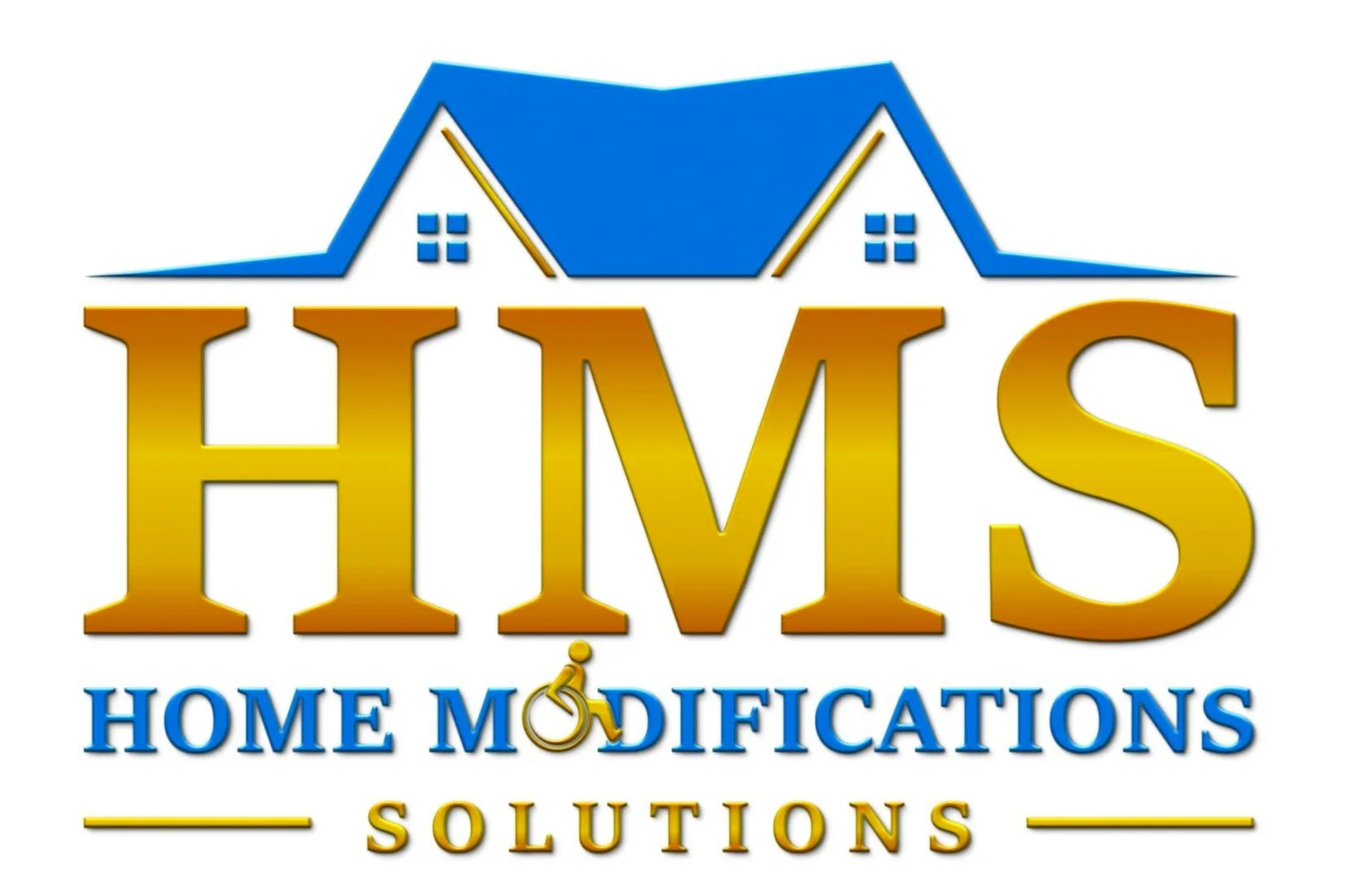How To Choose a Vertical Platform Lift (VPL)
Making Home Accessibility Simple: Choosing the Right VPL
If stairs are creating a barrier to your home or deck, a Vertical Platform Lift (VPL) can offer a safe, reliable solution. Also known as a porch lift, a VPL raises individuals in wheelchairs, scooters, or with mobility challenges from one level to another with the push of a button. But with many options available, how do you select the right one? Here’s a clear guide to help you make the best choice for your needs.
1. Measure the Height You Need to Travel
The first step is knowing the vertical rise you need the lift to cover.
Short Rise (Up to 4 feet): Many compact models can handle a few steps leading up to a porch or landing.
Mid-Range Rise (4 to 6 feet): Standard residential lifts easily cover this range.
Higher Rise (6 to 14 feet): Some models are built for garages, decks, or split-level home entrances.
Always measure from the ground to the upper landing, factoring in thresholds or platforms.
2. Decide Between Indoor or Outdoor Installation
Where you place your VPL impacts which model is right for you:
Indoor VPLs are ideal for garages, split-levels, or multi-story interiors.
Outdoor VPLs are built with weather-resistant coatings, durable aluminum or steel construction, and features that resist rust and corrosion.
Make sure your installer recommends a lift appropriate for Florida’s humid and coastal climate if outdoors.
3. Check Weight Capacity and Platform Size
VPLs typically hold 600–750 pounds, accommodating most users and their mobility devices. However, always double-check:
The combined weight of the user and their mobility aid.
The platform size to ensure easy entry and exit for your wheelchair or scooter.
Tip: Choose a slightly larger platform if future needs might change, or if caregivers will assist.
4. Focus on Safety Features
A reliable lift prioritizes safety. Look for:
Non-slip platforms to prevent accidents.
Emergency stop switches within easy reach.
Under-platform sensors to detect obstructions.
Battery backup for continued use during power outages.
Investing in a lift with strong safety features provides peace of mind every day.
5. Plan for Site Preparation and Installation
Every home is unique. Some locations may need a concrete pad, minor electrical work, or site leveling to properly install the VPL.
A qualified professional can evaluate:
Access points
Drainage concerns
Space for safe wheelchair maneuvering
Pro Tip: Always work with an experienced installer familiar with ADA guidelines and local building codes.
FAQs About Vertical Platform Lifts
Q: How much does a residential VPL cost?
A: Installed costs typically range between $6,000–$12,000, depending on rise height, site needs, and features.
Q: Does a VPL require maintenance?
A: Yes! Annual inspections and regular maintenance help ensure reliability and prolong the lift’s life.
Final Thoughts: Choosing a VPL That Works for You
Choosing a Vertical Platform Lift isn’t just about mobility — it’s about restoring independence and confidence at home. If you’re unsure where to start, Home Modification Solutions is here to help guide you through the process — from selection to expert installation — so you can move freely and safely again.
